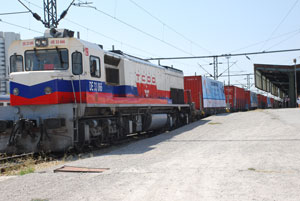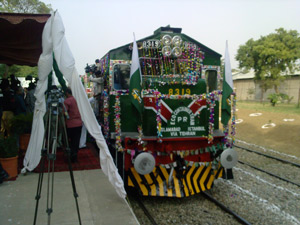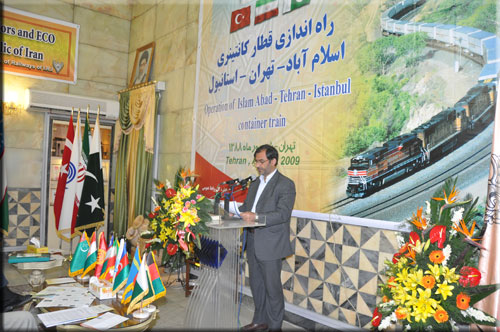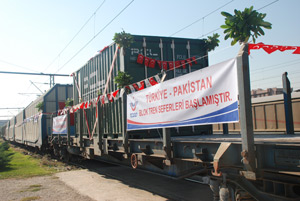Probably not just yet.
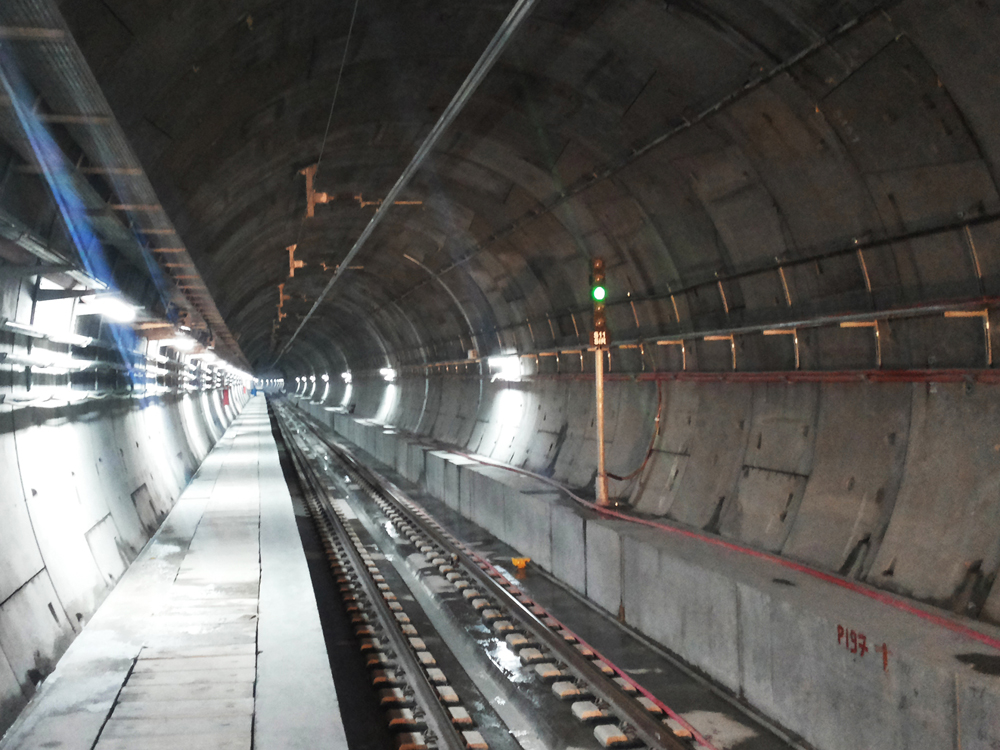
The Marmaray tunnel between the European and Asian sides of Istanbul was officially opened today.
Once the Marmaray project is finished the tunnel will link upgraded suburban railway lines on one side of the city to the other, with a metro-style commuter service running through (not dissimilar to London’s Crossrail project). In the longer term the Marmarary tunnel may also be used by intercity and freight trains, but details of this still seem a little vague.
Perhaps inevitably, the new tunnel is being described a part of a new Silk Road: “The Marmaray will provide a non-stop railway route connecting China to Western European markets and vice versa as a modern day “Iron Silk Road””, reports Turkey’s Hurriyet Daily News.
Is there any transport project east of the Landstraße1 which is not allegedly part of a new Silk Road?
There are news reports like this at BBC News: “In theory it brings closer the day when it will be possible to travel from London to Beijing via Istanbul by train.” Well, yes, but that is perhaps not very meaningful. There is already a rail route from London to Beijing via Russia, which avoids passing through places like Iran and Turkmenistan (and currently Uzbekistan, but that will be bypassed when the new north-south line is completed sometime soon-ish).
Going from Britain to China via Istanbul rather than Russia still requires two breaks of gauge, at the Iran/Turkmenistan and Kazakhstan/China borders instead of at the Poland/Belarus and Russia/China borders. The Turkish route also requires using a train ferry across Lake Van. The ECO Train plan for freight trains from Pakistan and Central Asia to Turkey seems to have fizzled out, and I think we can safely assume that the construction of a through rail route from Iran through northern Afghanistan to Tajikistan and China is probably some way off.
- Variants of the phrase “Asia/the Orient/the Balkans begins at the Landstrasse/Rennweg” seem to crop up frequently, referring to an area of Vienna and usually attributed to Klemens von Metternich. Googling seems to show that there are two quotes; one is apparently “Asien fängt auf der Landstraße an” by Ferdinand Kürnberger in Asiatisch und Sselbstloss of 16 November 1871, which is itself based on Metternich’s alleged comment about the Balkans beginning at the Rennweg. ↩
